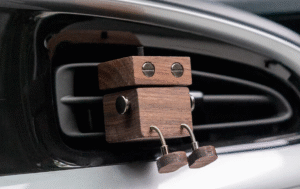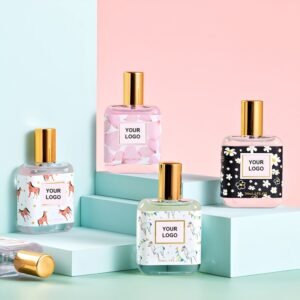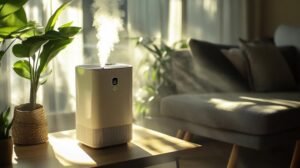Ароматная индустрия сталкивается с беспрецедентными потрясениями по мере того, как технологические прорывы, меняющиеся запросы потребителей и давление окружающей среды меняют традиционные бизнес-модели.
Тенденции в области ароматов в 2025 году будут определяться персонализацией на основе искусственного интеллекта, экологичными ингредиентами, рецептурами без спирта, цифровыми технологиями создания ароматов и кустарной нишевой парфюмерией, которые приведут мировой рынок объемом $52 миллиарда к беспрецедентным инновациям и ориентированному на потребителя опыту.
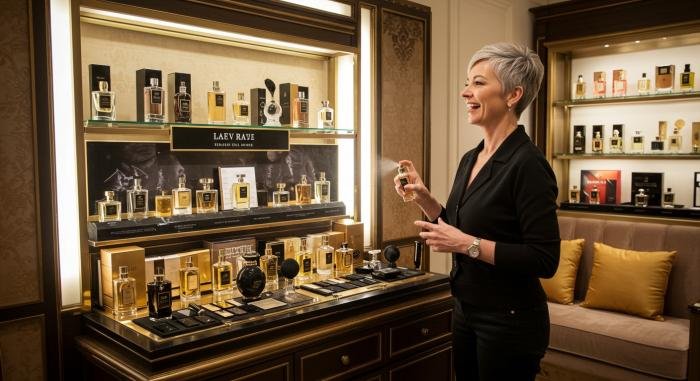
Понимание этих трансформационных тенденций становится важным для участников отрасли, ориентирующихся в этом динамичном ландшафте инновационных ароматов и роста рынка.
Как ИИ преобразует персонализированные ароматы?
Традиционный выбор аромата остается для покупателей разочаровывающей игрой в угадайку. Типовые ароматы не способны учесть индивидуальные предпочтения, оставляя покупателей разочарованными. Персонализация парфюмерии с помощью искусственного интеллекта решает эту проблему, анализируя персональные данные для создания уникальных, индивидуальных ароматов.
ИИ преобразует ароматы, используя алгоритмическую парфюмерию для анализа личных предпочтений, данных о стиле жизни и профилей ароматов. Усовершенствованное машинное обучение позволяет создавать индивидуальные ароматы, сочетая ингредиенты с учетом индивидуальных вкусов и создавая по-настоящему персонализированные ароматические профили.

Технология, лежащая в основе алгоритмической парфюмерии
Системы искусственного интеллекта в области ароматов собирают данные с помощью анкет, предпочтений в ароматах и даже биометрических данных, чтобы понять индивидуальные ароматические профили. Алгоритмы машинного обучения обрабатывают эту информацию вместе с обширными базами данных молекул ароматов и ароматических соединений. В результате получается сложная картографическая система, которая предсказывает, какие сочетания придутся по вкусу конкретным пользователям.
Ведущие компании, такие как EveryHuman, разработали платформы для создания ароматов, управляемые искусственным интеллектом, которые позволяют исследовать территории, ранее не доступные для персонализированных ароматов с помощью традиционных методов. Эти системы способны за считанные секунды проанализировать тысячи комбинаций ингредиентов, с удивительной точностью определяя оптимальные сочетания, соответствующие индивидуальным предпочтениям.
Рост рынка и влияние на отрасль
Рынок ИИ персонализированных ароматов демонстрирует взрывной рост и достигнет 1,48 млрд долларов США в 2024 году с прогнозируемым CAGR 54,7%. Этот всплеск отражает потребительский спрос на уникальные, индивидуальные впечатления, а не на решения для массового рынка.
| Метрика рынка | 2024 Стоимость | Темпы роста |
|---|---|---|
| Размер рынка | $1,48 млрд. | 54,7% CAGR |
| Ежегодное увеличение объема | 20% | Следующие 5 лет |
| Эффективность производства | Улучшение 40% | по сравнению с традиционными методами |
Технология создания ароматов на заказ позволяет быстро проводить итерации и испытания, сокращая время разработки с нескольких месяцев до нескольких недель. Теперь бренды могут предлагать персонализацию по требованию, сохраняя при этом экономическую эффективность и устойчивость благодаря точному использованию ингредиентов. Этот технологический сдвиг позволяет компаниям дифференцироваться за счет инноваций, а не конкурировать исключительно на основе устоявшихся профилей ароматов, создавая новые возможности для выхода на нишевые рынки и повышения лояльности клиентов.
Почему экологически чистые ингредиенты становятся обязательным условием?
Традиционное производство ароматов разрушает экосистемы, в то время как потребители требуют прозрачности. Этот экологический кризис заставляет бренды пересмотреть подход к выбору ингредиентов, иначе они рискуют потерять актуальность на рынке.
Экологически чистые парфюмерные ингредиенты становятся обязательным условием, поскольку 73% потребителей отдают предпочтение экологически чистым продуктам, что приведет к росту рынка органической парфюмерии до $7,5 миллиарда к 2025 году. Регуляторное давление и риски, связанные с цепочкой поставок, делают этичные парфюмерные ингредиенты необходимым условием выживания бренда.

Сознание потребителей способствует трансформации рынка
Переход на экологичные ароматы отражает фундаментальные изменения в потребительских ценностях. Современные покупатели с беспрецедентным вниманием изучают списки ингредиентов, требуя прозрачности в отношении методов поиска поставщиков и воздействия на окружающую среду. Такая эволюция поведения заставляет парфюмерные бренды отказываться от синтетических альтернатив в пользу этически обоснованных растительных экстрактов. Бренд-маркетологи, отслеживающие действия конкурентов, замечают, как устойчивое позиционирование становится конкурентным преимуществом, а не нишевым дифференциатором.
Практика устойчивого развития ароматов выходит за рамки выбора ингредиентов и охватывает всю цепочку поставок. Компании, внедряющие возможности быстрой итерации производства, теперь должны интегрировать показатели устойчивости в процесс принятия решений. Экологически чистые ароматы требуют создания специализированных сетей поставщиков, в которых приоритет отдается восстановительному сельскому хозяйству и партнерству в области справедливой торговли.
Нормативно-правовой ландшафт ускоряет развитие отраслевых стандартов
Государственные нормы все чаще требуют раскрытия информации об ароматических композициях, что делает экологически чистые ингредиенты скорее необходимостью, чем маркетинговым выбором. Регламент Европейского союза REACH и аналогичные системы по всему миру заставляют производителей обосновывать свой выбор ингредиентов оценкой воздействия на окружающую среду.
| Фактор устойчивости | Традиционное воздействие | Устойчивая альтернатива |
|---|---|---|
| Поиск сырья | Синтетические химикаты | Ботанические экстракты |
| Отходы производства | Высокий химический сток | Системы с замкнутым циклом |
| Упаковка | Single-use plastics | Refillable containers |
| Цепочка поставок | Global carbon footprint | Local sourcing networks |
Scent customization capabilities now integrate sustainability requirements from the design phase, ensuring that personalized fragrances meet both consumer preferences and environmental standards.
Являются ли бесспиртовые составы будущим тонкой парфюмерии?
Traditional alcohol-based perfumes dominate the market, yet consumer sensitivity and environmental concerns create significant challenges for brands seeking broader appeal.
Alcohol-free fragrances represent a growing market segment projected to reach $60.73 billion by 2025, driven by consumers with sensitive skin and preferences for natural formulations that offer gentler application experiences.
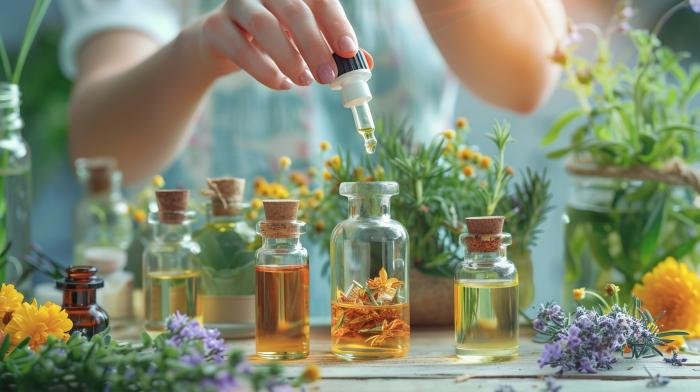
Наука, скрывающаяся за альтернативными парфюмерными основами
Water-based scents and oil-based formulations provide distinct advantages over traditional alcohol matrices. Water-based perfumes offer a more natural olfactory experience, perceived as gentler and closer to authentic fragrance molecules. Oil-based alternatives provide enhanced longevity and create intimate scent trails that develop differently on skin chemistry.
Market data reveals pricing premiums for these innovations, with water-based perfumes commanding $110-$185 per 100ml compared to conventional alternatives. This positioning reflects both production costs and consumer willingness to invest in specialized formulations.
Позиционирование на рынке и принятие потребителями
| Formulation Type | Ключевые преимущества | Target Demographics | Диапазон цен |
|---|---|---|---|
| Water-based | Sensitive skin compatibility, natural feel | Allergy sufferers, clean beauty enthusiasts | $110-$185/100ml |
| На масляной основе | Extended longevity, intimate projection | Luxury seekers, scent connoisseurs | $120-$200/100ml |
| Alcohol-free hybrid | Balanced performance, versatility | Health-conscious consumers, professionals | $95-$160/100ml |
The sensitive skin fragrances segment drives innovation in fast production iteration and scent customization capabilities. Brands leveraging these alternative bases can differentiate through targeted formulations while addressing previously underserved consumer needs. This trend aligns with broader movements toward personalized beauty solutions and sustainable ingredients.
Как цифровые ароматические технологии меняют потребительский опыт?
Traditional fragrance shopping forces consumers into crowded stores with overwhelming scent combinations. Digital scent technology eliminates this friction through precision-engineered olfactory experiences.
Digital scent technology transforms consumer experiences by enabling virtual fragrance testing, personalized scent recreation, and immersive online perfume sampling through AI-powered platforms and electronic scent synthesizers.

Разрушение традиционных барьеров розничной торговли
Digital scent technology fundamentally shifts how consumers interact with fragrances. The market, valued at $1.21 billion in 2024, projects growth to $3.23 billion by 2034 as brands invest in scent recreation technology. Companies like Natura deploy MultiScent devices that reproduce odors through "dry scent" delivery, while Perfect Corp’s AI perfume generators create personalized fragrance profiles.
Virtual fragrance testing eliminates geographic constraints and hygiene concerns. Consumers access extensive fragrance libraries without physical proximity, enabling exploration of niche and premium scents previously unavailable in local markets. This accessibility particularly benefits trend analysts tracking emerging fragrance patterns across global markets.
Улучшенная персонализация благодаря аналитике данных
Scent recreation technology leverages consumer behavior data to predict preferences and recommend complementary fragrances. AI algorithms analyze previous purchases, seasonal patterns, and demographic information to suggest personalized scent combinations. This data-driven approach enables faster product iteration and customization capabilities that traditional retail cannot match.
| Technology Type | Выгода для потребителя | Market Impact |
|---|---|---|
| Virtual Try-On | Risk-free testing | 40% reduction in returns |
| AI Recommendations | Personalized discovery | 60% increase in cross-selling |
| Scent Synthesizers | Instant sampling | 35% faster purchase decisions |
Brand marketers gain unprecedented insights into consumer scent preferences through digital interactions. Online perfume sampling platforms capture detailed engagement metrics, informing product development cycles and inventory optimization strategies that drive competitive differentiation in saturated fragrance markets.
Какую роль будет играть нишевая парфюмерия в определении тенденций рынка?
Mainstream luxury brands struggle to satisfy consumers craving authentic, exclusive experiences. Mass-market testing creates homogeneous scents that lack artistic vision.
Niche perfumery is revolutionizing fragrance trends by prioritizing artisanal craftsmanship over commercial testing. The boutique scent market drives innovation through creative freedom and exclusivity.
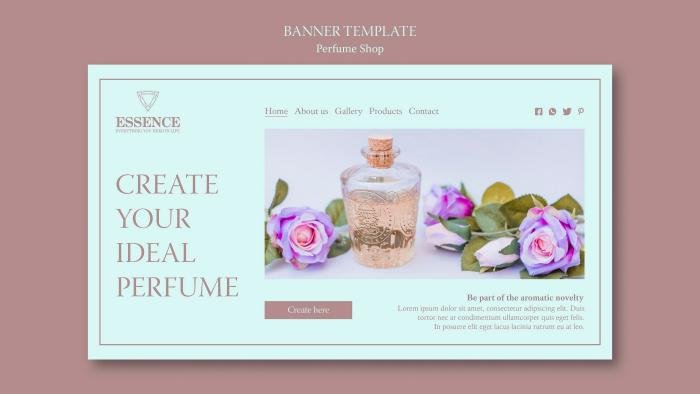
Творческая свобода стимулирует инновации
The niche perfumery market, projected to reach $5.4 billion by 2025, challenges traditional fragrance development. Master perfumers like Nathalie Feisthauer highlight stark differences between mainstream and indie perfume brands. While luxury conglomerates rely on focus groups and consumer testing, artisanal fragrance trends emerge from pure creative expression.
Independent perfumers experiment with unconventional materials and storytelling approaches. They craft limited-edition collections that tell personal narratives rather than appealing to mass preferences. This authenticity resonates with consumers seeking unique identity expressions through scent.
Влияние рынка на бренды класса люкс
Established fashion houses now adapt to the boutique scent market surge. Dior’s La Collection Privée and Tom Ford’s Private Blend collections demonstrate how legacy brands balance mass-market offerings with exclusive niche-inspired lines. These premium collections command higher margins while satisfying sophisticated consumer preferences.
| Сегмент рынка | Темпы роста | Key Characteristics |
|---|---|---|
| Niche Perfumery | 15% annually | Artisanal, limited batches, storytelling |
| Mainstream Luxury | 3-5% annually | Consumer-tested, mass appeal, retail distribution |
| Indie Brands | 20%+ annually | Direct-to-consumer, social media-driven, customization |
The industry’s future depends on embracing niche perfumery’s innovative spirit while maintaining production capabilities for rapid market response.
Заключение
The fragrance industry’s transformation through 2025 reflects a fundamental shift toward personalization, sustainability, and digital innovation. AI-powered customization, sustainable ingredients, alcohol-free formulations, digital scent technologies, and niche perfumery collectively redefine how consumers discover and experience fragrances. These future fragrance innovation trends demonstrate the perfume industry outlook embracing both technological advancement and artisanal authenticity. Understanding these fragrance consumer trends and scent technology development opportunities positions brands to thrive in an increasingly sophisticated and environmentally conscious marketplace where personalized experiences drive consumer loyalty.
ЧАСТО ЗАДАВАЕМЫЕ ВОПРОСЫ
Q1: What are the key fragrance trends 2025 that brand marketers should track?
The key fragrance trends 2025 include personalization through AI-driven scent matching, sustainability with eco-friendly packaging and ethically sourced ingredients, alcohol-free formulations for sensitive consumers, neogourmand notes like cocoa butter and marshmallow, and hyperfruits with intense strawberry and plum profiles. These trends are driving fast production iteration cycles as brands compete to capture emerging consumer preferences.
Q2: How is personalization transforming the fragrance industry in 2025?
Personalization in fragrance trends 2025 is revolutionizing the industry through customizable scent profiles, AI-powered fragrance recommendations, and bespoke blending services. Brands are investing in scent customization capabilities that allow consumers to create unique formulations, with supply chains adapting to support small-batch production and rapid prototyping for personalized products.
Q3: Why are alcohol-free fragrances becoming a major trend in 2025?
Alcohol-free fragrances are gaining momentum in 2025 due to increased consumer awareness of skin sensitivity, religious considerations, and sustainability concerns. These formulations offer gentler application, longer-lasting scent profiles, and appeal to health-conscious consumers. The trend is driving innovation in alternative carriers and delivery systems within the fragrance industry.
Q4: What sustainability practices are shaping fragrance trends 2025?
Sustainability in fragrance trends 2025 encompasses biodegradable packaging, carbon-neutral production processes, ethically sourced natural ingredients, and refillable containers. Brands are implementing circular economy principles, reducing water usage in manufacturing, and partnering with sustainable ingredient suppliers to meet growing consumer demand for environmentally responsible products.
Q5: How are fragrance brands adapting their supply chains for 2025 trends?
Fragrance brands are restructuring supply chains for 2025 by implementing fast production iteration cycles, developing scent customization capabilities, and creating agile manufacturing systems. This includes investment in small-batch production technology, direct-to-consumer delivery models, and real-time trend analysis tools to quickly respond to emerging market preferences and competitor moves.
- FragranceX – 2025 Fragrance Trends Market Analysis
- Allure – Expert Predictions for Fragrance Trends 2025
- Mintel – Global Fragrance Industry Insights and Forecasts 2025
- Euromonitor International – Beauty and Personal Care Trends Report 2025
- Trendalytics – Real-Time Fragrance Consumer Behavior Analytics

